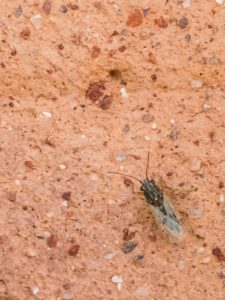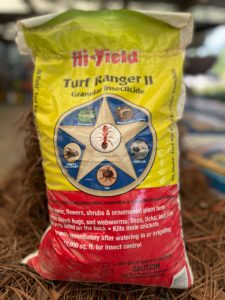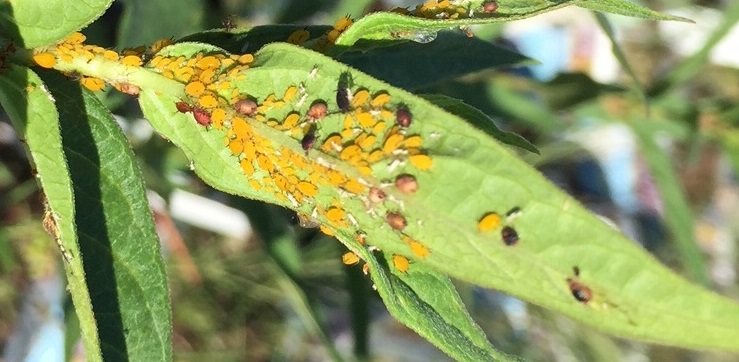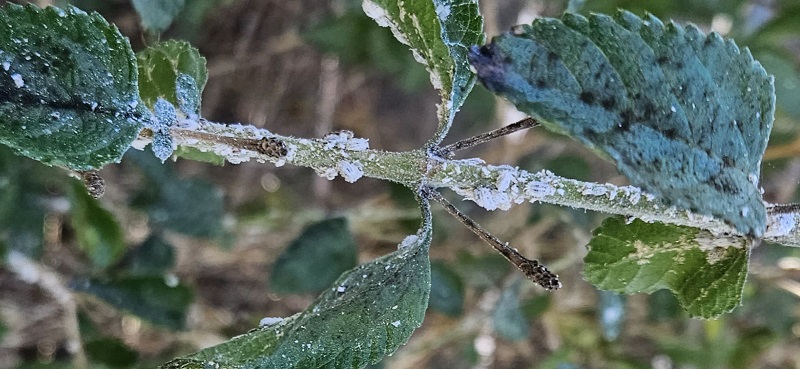Chinch Bugs Explained
Here it is, the end of summer, and the hottest days are upon us. Many lawns have been showing signs of stress, and chinch bugs could be one of the culprits.

Chinch bugs typically begin feeding in sunny areas along sidewalks and driveways, sucking juices from the grass blades and leaving yellowing grass bordering green grass. At the same time they are feeding, they inject a poison that causes the blades to turn brown and die.
If your lawn is looking brown at the edges of pavement, check for chinch bugs. If you do not find them, an irrigation audit should be performed.

Chinch bugs will feed on many grass species, but St. Augustine and Zoysia are favorites.
To check for chinch bugs, cut out both ends of a can and press it 2” into the soil where the green grass borders the damaged grass. Fill it with water and wait 10 minutes. If small 1/8”-1/4” black to brown insects with white wings float to the surface, you have chinch bugs! Pink to brick-red nymphs with a white stripe around the body may be numerous as well.

Heavy infestations of chinch bugs can kill a lawn. They can move across an entire lawn in just a few days, so early detection is important. As always, be sure of your diagnosis before treating any lawn problem. If in doubt, bring a sample in a plastic bag and photos to our staff at the nursery, and we will be happy to help with diagnosis and control recommendations.




